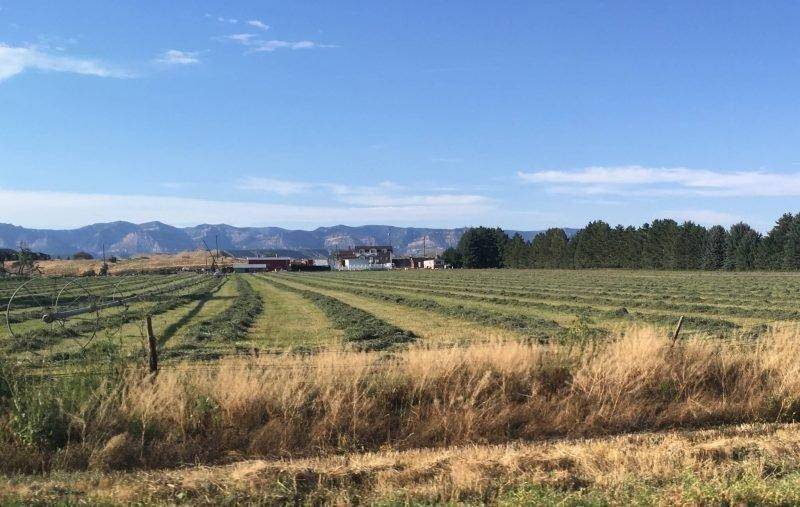By Commissioner LuAnn Adams
(Salt Lake City) – Last year was Utah’s driest year on record. As commissioner of the Utah Department of Agriculture and Food (UDAF) and a rancher, I am concerned about the drought. But I am also filled with optimism.
As many know, my husband Bob and I are fifth-generation ranchers. Bob’s grandfather ran palomino horses on our land in Box Elder County in the late 1800s. Over several generations, our land has produced many things, including our current cattle operation. We’ve lived through economic trials, natural disasters and much more.
But we keep working. That’s a value we share that never runs dry. We’ve enjoyed prosperity and an enviable lifestyle. But we also know something of hardship, loss and fears. Work is our best response to everything, but there are other reasons I am optimistic.
Let’s begin with the drought. Utah is prone to extremes in weather. But we’re innovating and adapting. Farmers and ranchers are using funds to improve water quality and technology that optimizes delivery. Droughts will continue but we’re getting better at conservation and management.
Last year, we faced some new international economic challenges. There’s still work to do but we are hearing of progress with our trade partners, and of other new and emerging markets. Utah producers are also pushing back against foreign competition, expanding into new markets and diversifying product lines. Last year, UDAF helped connect 35 Utah companies with overseas trade partners.
Agritourism and farmers markets are booming. Corn mazes, petting zoos and other farm experiences are taking the edge off farm income challenges. Consumers are clearly nostalgic and long for the rural lifestyle. I believe their demand for locally-sourced fruits and vegetables is part of that.
Growers are introducing new varieties of fruits and vegetables and tilling new ground previously thought to be less fertile. Last year, Utah State University researchers made progress on a fungicide that treats wheat blight, and UDAF’s invasive species program is carefully monitoring and preventing the spread of insects that would compromise our entire ecosystem.
Food waste continues to be an issue. Yet, many large institutions (hospitals, schools, and business cafeterias) in Utah import food from outside the state for convenience. To correct this, UDAF is actively convening legislators, producers and other community representatives to create a statewide food hub. Utah is one of only a few states without one, but the concept will merge and connect small producers with large institutions.
Our farmers and ranchers are creative and not afraid of new technology and ideas. For example, some Utah dairies are embracing robotic and other operations are using lasers, drones and GPS systems to perform all kinds of tasks designed to save money and boost revenue.
Overall, agriculture in Utah accounts for 15.1% of the state’s total economic output, generating $21.2 billion annually and employing more than the top three employers combined. Our work is critical to the overall vitality to our state’s economy.
Despite the challenges, I hope you’ll join me in feeling optimistic. Our best years are ahead of us, and I am excited to roll up my sleeves and join you in doing what we do best.

